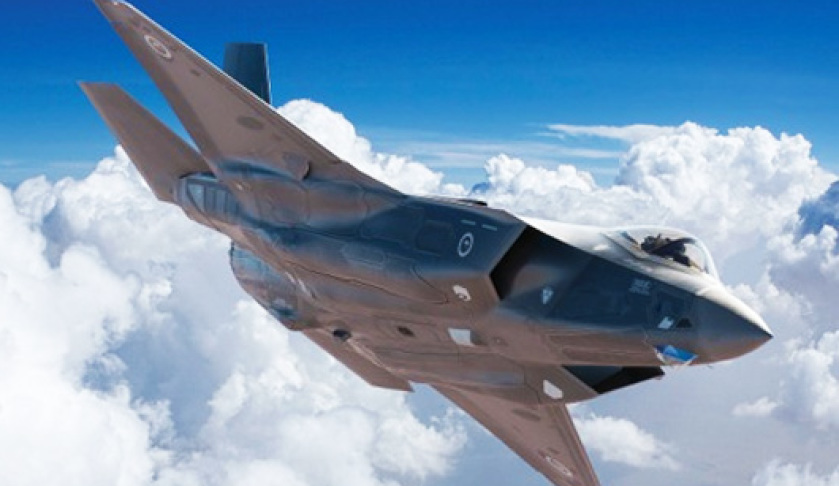The government promised to press on with its defence industry agenda during 2017, and it stuck to its word with a very large number of announcements, some very substantial, many modest, but significant for the primes and SMEs involved.
To continue reading the rest of this article, please log in.
Create free account to get unlimited news articles and more!
The ever-energetic Defence Industry Minister Christopher Pyne jetted around the nation for these events, sometimes accompanied by Prime Minister Malcolm Turnbull and Defence Minister Marise Payne.
For Defence Connect readers, big contract announcements were hugely popular, some more than most.
Shock decision for OPVs
With work scheduled to start on construction of new Offshore Patrol Vessels under the SEA 1180 program in Adelaide next year, the government needed to decide which of three competing designs it favoured.
The winner of this $3.6 billion deal was German shipbuilder Lürssen with a design based on its Darussalam Class OPV – a 1,625-tonne, 80-metre vessel built for the Royal Brunei Navy.
The first two will be constructed in Adelaide with production then transferring to Henderson, Western Australia, for the remaining 10.
Significant in this was the government’s decision to mandate construction by ASC in Adelaide, as was expected, and by Civmec and Austal in WA, which was not.
Lürssen had done deals with ASC and Civmec for construction but not with Austal, which had contracted with Fassmer who lost out.
The decision shows the government is quite willing to shift the goalposts to achieve its industry objectives.
Set for SEA 5000 decision
Bids for construction of the nine Future Frigates under project SEA 5000 are now under consideration, with a decision expected in April 2018.
Whichever firm wins SEA 5000 will need a shipyard, which the Commonwealth has undertaken to provide at Techport, outside Adelaide.
In October 2017, Sydney construction firm Lendlease was named as contractor for the $535 million project.
It was always anticipated the government would mandate a particular combat system for the Future Frigates to go with the Australian CEAFAR radar, now in service on the Anzacs and regarded as a world beater.
So which combat system was it to be – the US Aegis like that on Hobart Class DDGs or the SAAB 9LV on the Anzacs?
The answer was both, with the Saab system as the Australian tactical interface to the US Aegis, which many saw as a solution that exploits the best of both capabilities.
AWD under sail
The Air Warfare Destroyer program has run late and over budget, but that was all in the past when the first of class HMAS Hobart was commissioned in Sydney on 23 September.
The vessel is now undergoing intensive trials. Although these vessels have long been referred to as AWDs, the Navy prefers the term DDG.
The second DDG, to be named HMAS Brisbane, is now undergoing sea trials.
New kit to combat air threats
Over the years, the Australian Defence Force has fielded a number of anti-aircraft missile systems, but the current RBS-70 is past its use-by date.
In April, the government announced Raytheon will provide the new National Advanced Surface to Air Missile System (NASAMS), a $2 billion deal to equip Defence to deal with current future air threats.
Win for Australian sustainment capability
With the first of the RAAF’s new F-35 Lightning Joint Strike Fighters (JSF) set to arrive at the end of this year, Australian industry, led by BAE Systems Australia, is well advanced in creating the infrastructure for their long-term sustainment.
Over the life of the aircraft, sustainment will far exceed the initial $16 billion acquisition cost.
In August, the Pentagon announced BAE Systems at Williamtown would be the regional warehouse for F-35 spares for the Asia-Pacific region, a deal worth around $300 million.

 Login
Login







